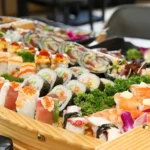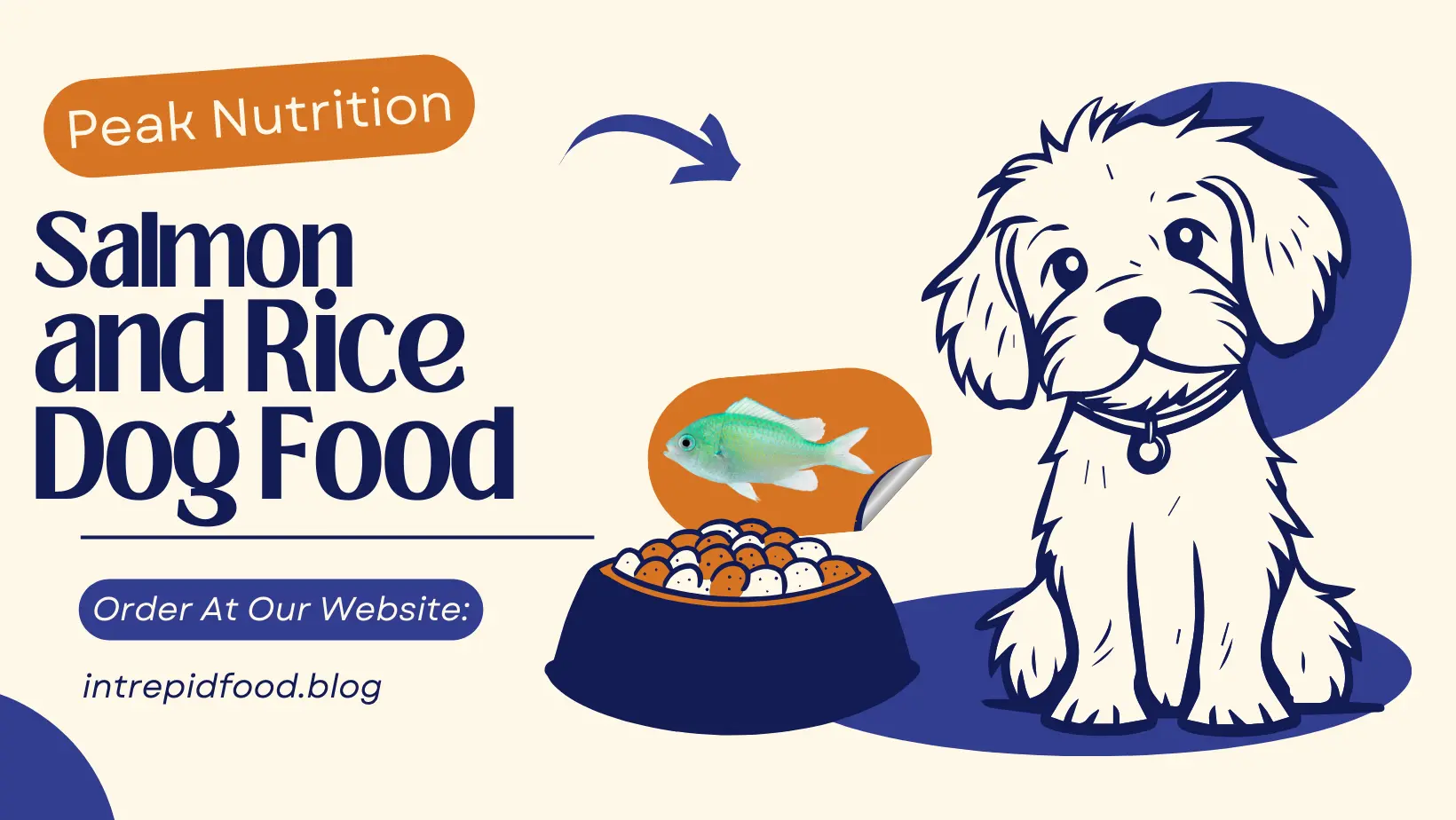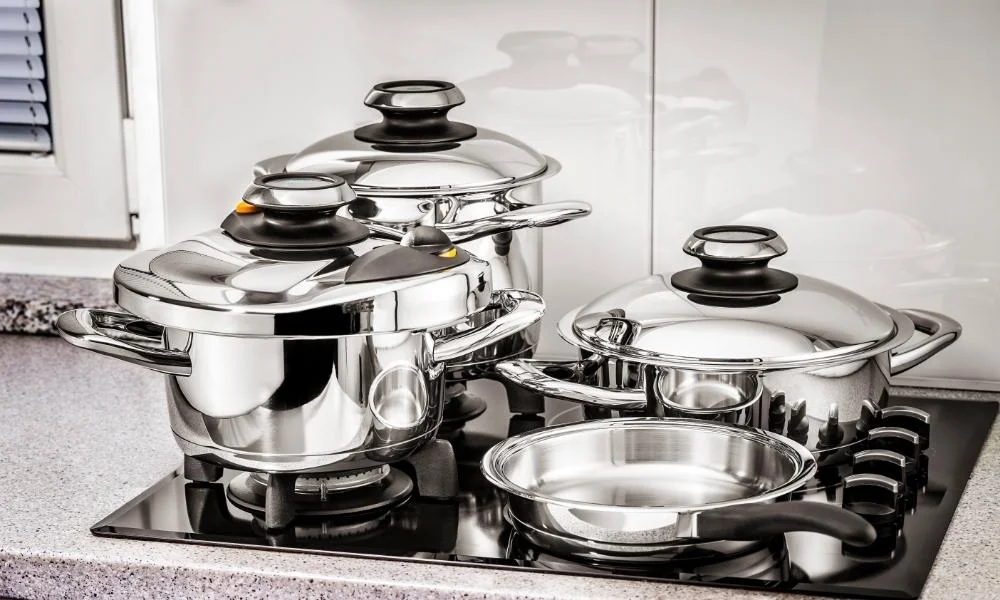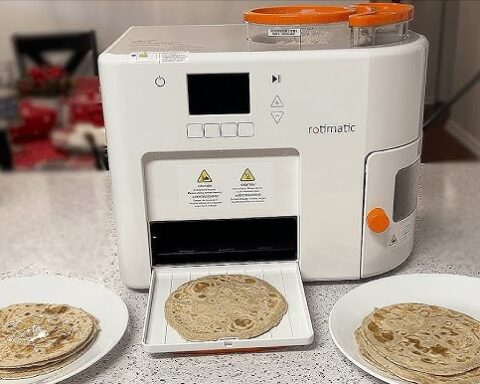Homemade dog food offers pet owners the chance to tailor their dog’s diet to their specific nutritional needs and preferences. One particularly healthy and appealing option is salmon and rice dog food, which combines high-quality protein from salmon with easily digestible carbohydrates from rice. This combination not only supports your dog’s overall health—including skin, coat, and joint health—but also caters to pets with sensitive stomachs. In this guide, we’ll walk you through a simple recipe for making your own salmon and rice dog food at home, ensuring your furry friend enjoys a nutritious and delicious meal.
What Is Salmon and Rice Dog Food?
Salmon and rice dog food is a popular dietary choice among pet owners who wish to provide a balanced and nutritious meal for their dogs. This type of dog food combines salmon as the primary protein source with rice, which offers a digestible carbohydrate. Together, they form a meal that supports the overall health and well-being of dogs.
Benefits of Salmon in Dog Food
- Rich in Omega-3 Fatty Acids: Salmon is well-known for its high content of omega-3 fatty acids. These are crucial for maintaining a dog’s skin and coat health, ensuring they are shiny and healthy.
- Supports Joint Health: The anti-inflammatory properties of omega-3 fatty acids in salmon help in reducing joint inflammation, which is beneficial for dogs with arthritis.
- Boosts Immune System: Salmon is a great source of vitamins and minerals that strengthen the immune system.
Why Choose Rice as a Carbohydrate?
- Easily Digestible: Rice is gentle on a dog’s stomach, making it an excellent choice for dogs with sensitive digestion.
- Energy Providing: It provides long-lasting energy and helps in maintaining a healthy weight.
- Hypoallergenic: Rice is naturally hypoallergenic, which means it’s less likely to cause allergic reactions in pets.
Choosing the Right Salmon and Rice Dog Food
When selecting a salmon and rice dog food, it’s crucial to consider the following points to ensure you are getting the best product for your pet:
- Look for Whole Ingredients: Choose dog food that lists whole salmon and whole grains of rice to ensure your dog is getting high-quality nutrition.
- Check for Artificial Additives: Opt for brands that do not include artificial colors, flavors, or preservatives, which can be harmful to your dog’s health.
- Appropriate for Life Stage: Ensure the food is suitable for your dog’s specific life stage, whether puppy, adult, or senior.

Homemade Salmon and Rice Dog Food Recipe
Ingredients:
- 1 1/2 pounds of salmon fillet (make sure all bones are removed)
- 1 cup of brown rice
- 2 tablespoons of olive oil
- 1/2 cup of chopped carrots
- 1/2 cup of chopped broccoli
- 1/4 cup of peas
- 3 cups of water
Instructions:
-
Cook the Rice:
- In a medium saucepan, combine the brown rice with 3 cups of water.
- Bring to a boil, then reduce the heat to low and cover.
- Simmer for about 45 minutes, or until the water is absorbed and the rice is tender.
-
Prepare the Salmon:
- While the rice is cooking, preheat your oven to 375 degrees Fahrenheit (190 degrees Celsius).
- Place the salmon fillet on a baking sheet lined with parchment paper.
- Drizzle with one tablespoon of olive oil and place in the oven.
- Bake for about 20 minutes, or until the salmon is fully cooked and flakes easily with a fork.
-
Steam the Vegetables:
- While the salmon is baking, steam the chopped carrots, broccoli, and peas until they are tender but not mushy, about 7-10 minutes.
-
Combine Ingredients:
- Once the salmon is done, let it cool slightly and then flake it into small pieces, ensuring there are no bones.
- In a large bowl, mix the cooked rice, flaked salmon, and steamed vegetables.
- Drizzle with the remaining tablespoon of olive oil and mix thoroughly to combine all the ingredients.
-
Serving and Storage:
- Allow the mixture to cool completely before serving it to your dog.
- You can serve this meal in portions appropriate for your dog’s size and dietary needs.
- Store leftover dog food in an airtight container in the refrigerator for up to 5 days. You can also freeze portions for up to 3 months.
Notes:
- Always remove all bones from the salmon to prevent choking or internal injury.
- You can adjust the types and amounts of vegetables based on your dog’s preferences and any dietary restrictions they may have.
- It’s important to introduce new foods gradually into your dog’s diet to monitor for any adverse reactions.
This recipe provides a nutritious meal with a good balance of protein, carbohydrates, and essential fatty acids, making it a wholesome choice for your dog.
Here’s a simple table summarizing key information about salmon and rice dog food, focusing on benefits, ingredients, and considerations:
| Aspect | Details |
| Main Ingredients | Salmon, Rice, Vitamins (A, D, E), Minerals (Iron, Zinc) |
| Benefits | Enhances skin and coat health, Supports joint health, Boosts immune system |
| Dietary Features | High in omega-3 fatty acids, Easily digestible, Hypoallergenic |
| Ideal For | Dogs with sensitive digestion, All life stages (check specific product guidelines) |
| Feeding Guidelines | Gradually introduce; adjust portion based on dog’s age, size, and activity level |
| Cost Consideration | Generally higher priced due to quality ingredients; cost-effective in long-term health benefits |
How to Introduce New Food to Your Dog
Introducing new food, like salmon and rice dog food, should be done gradually to prevent digestive upset. Here’s a simple plan:
- Day 1-3: Mix 25% of the new food with 75% of the current food.
- Day 4-6: Increase to 50% new food and 50% current food.
- Day 7-9: Mix 75% new food with 25% of the old.
- Day 10: Switch completely to the new food.
Frequently Asked Questions
Q: Can all dogs eat salmon and rice dog food?
A: Most dogs can, but those with specific allergies or health conditions should consult a vet first.
Q: How often should I feed my dog salmon and rice dog food?
A: It depends on the dog’s age, size, and activity level. Check the feeding guidelines on the dog food package or consult your veterinarian.
Q: Is salmon and rice dog food more expensive than other types?
A: It can be, due to the high-quality ingredients. However, many owners find the health benefits justify the cost.
Conclusion
Salmon and rice dog food is a nutritious and sensible choice for dog owners looking to enhance their pet’s diet with high-quality proteins and digestible carbohydrates. By choosing a reputable brand and introducing the food gradually, your dog can enjoy the myriad health benefits of this wholesome diet. Remember, always consult your veterinarian before making significant changes to your dog’s diet to ensure it’s a fit for their specific health needs.
Also Read: Sink Your Teeth Into These 50 Soft and Nutritious Foods After Tooth Extraction








